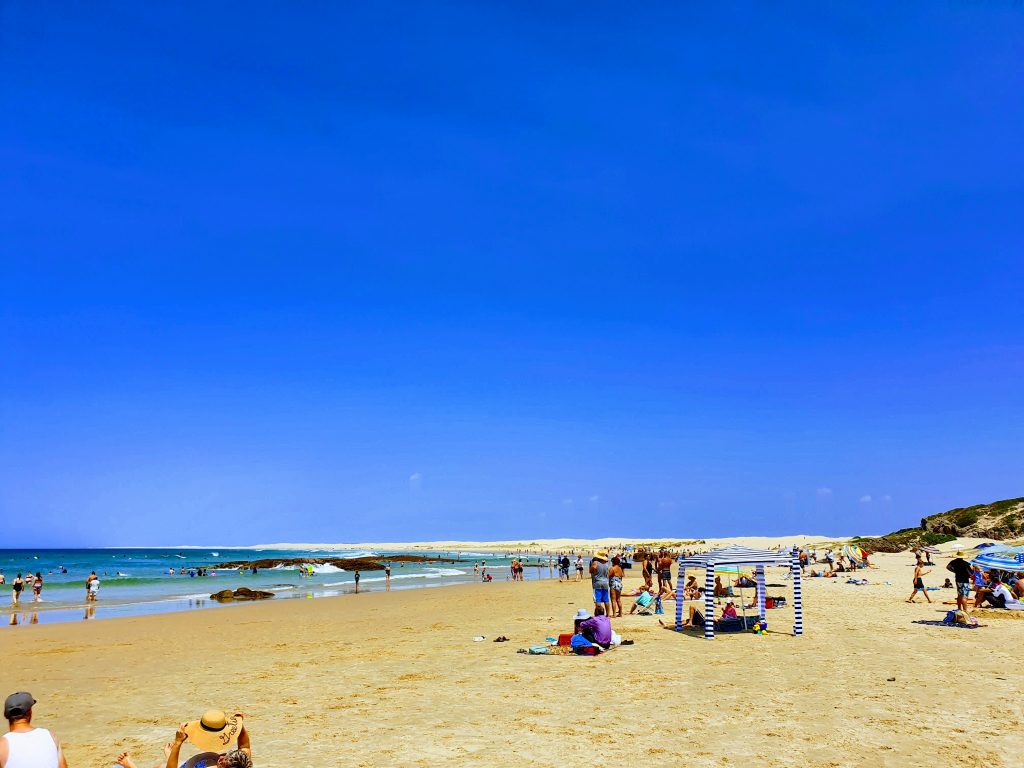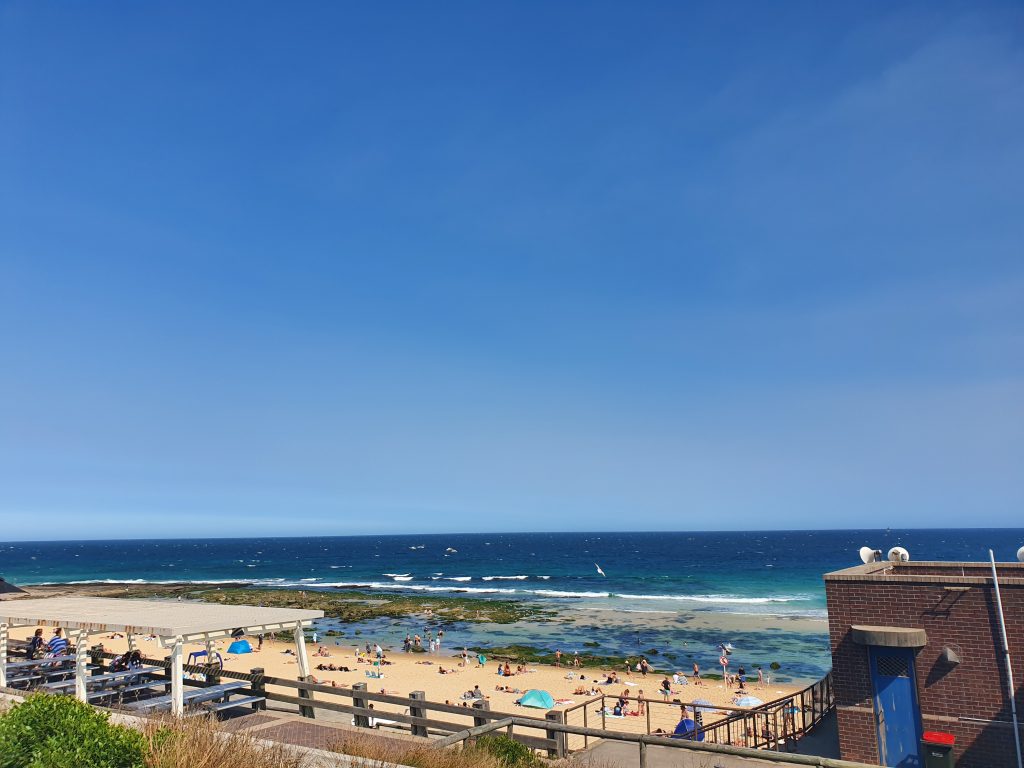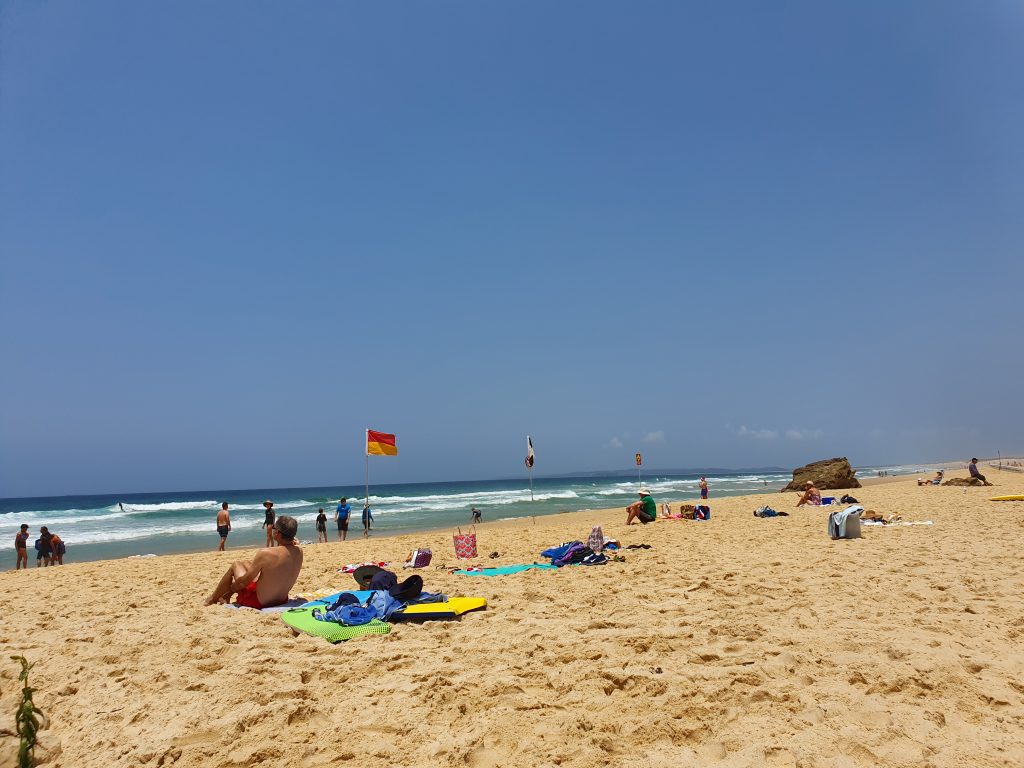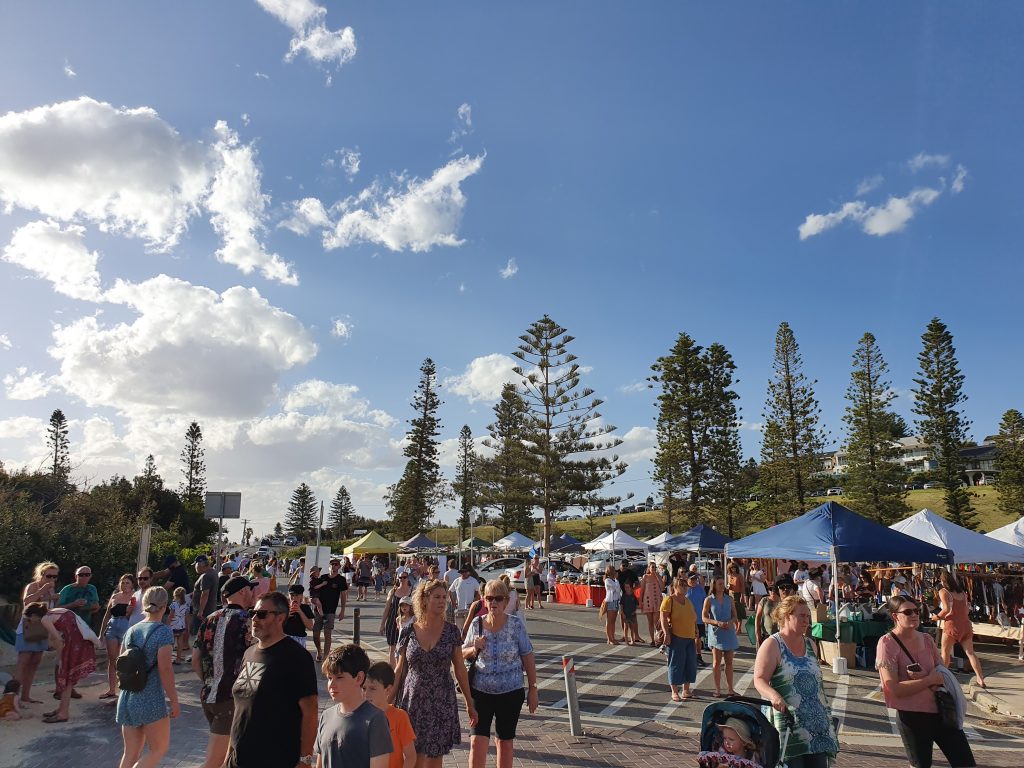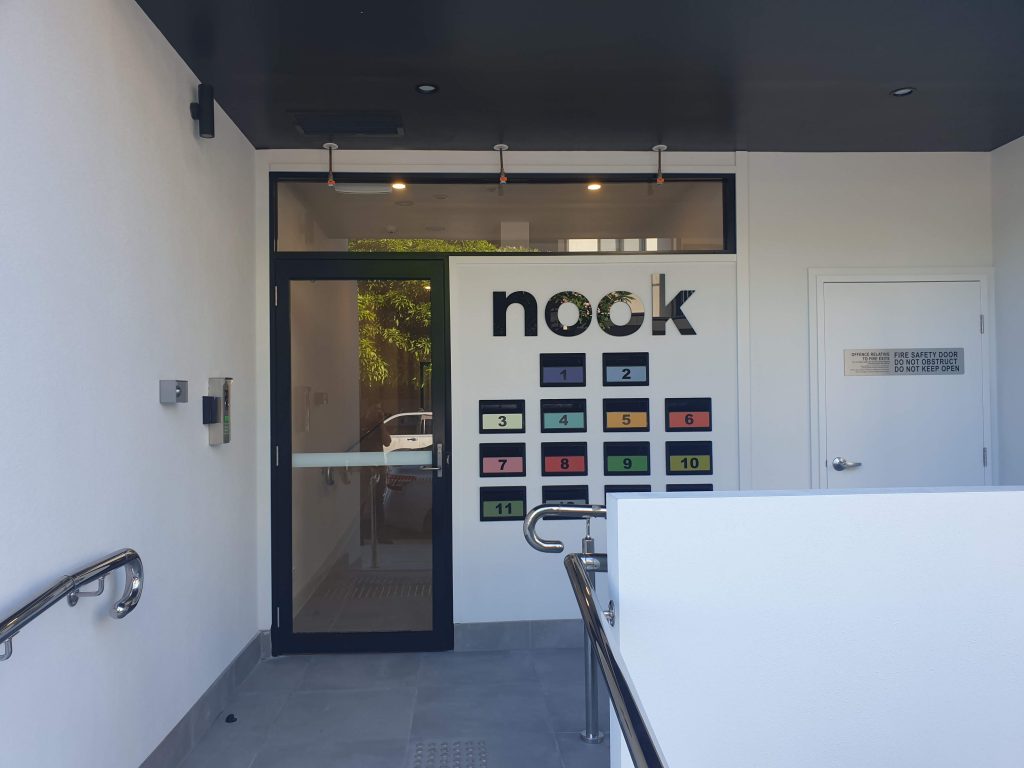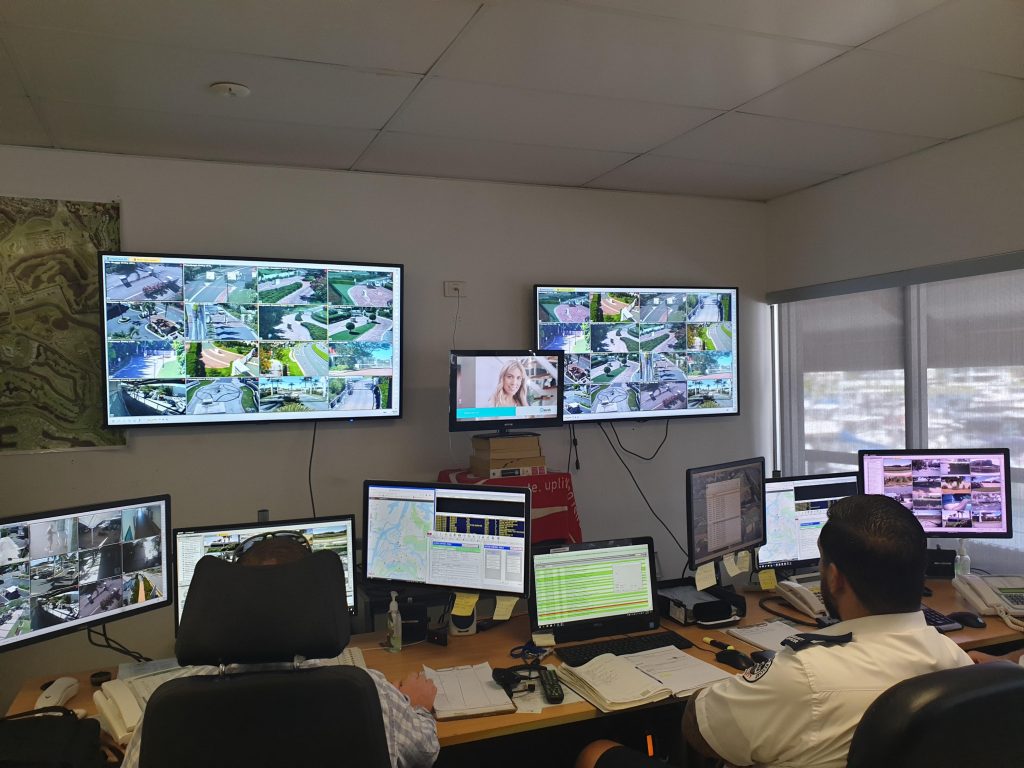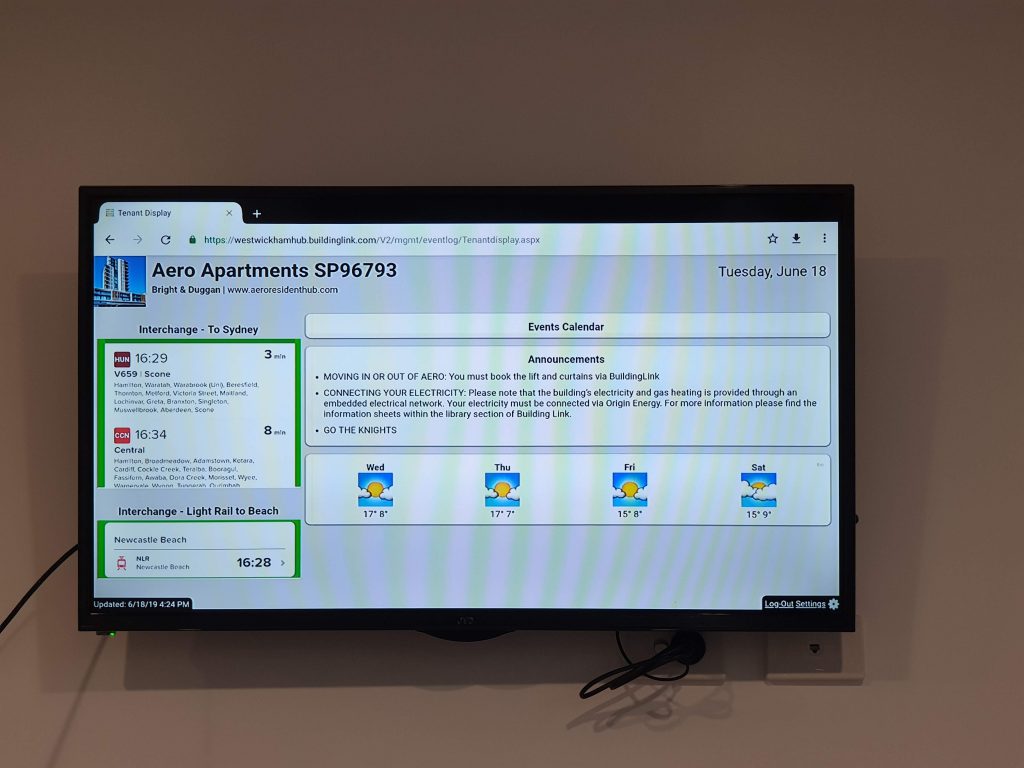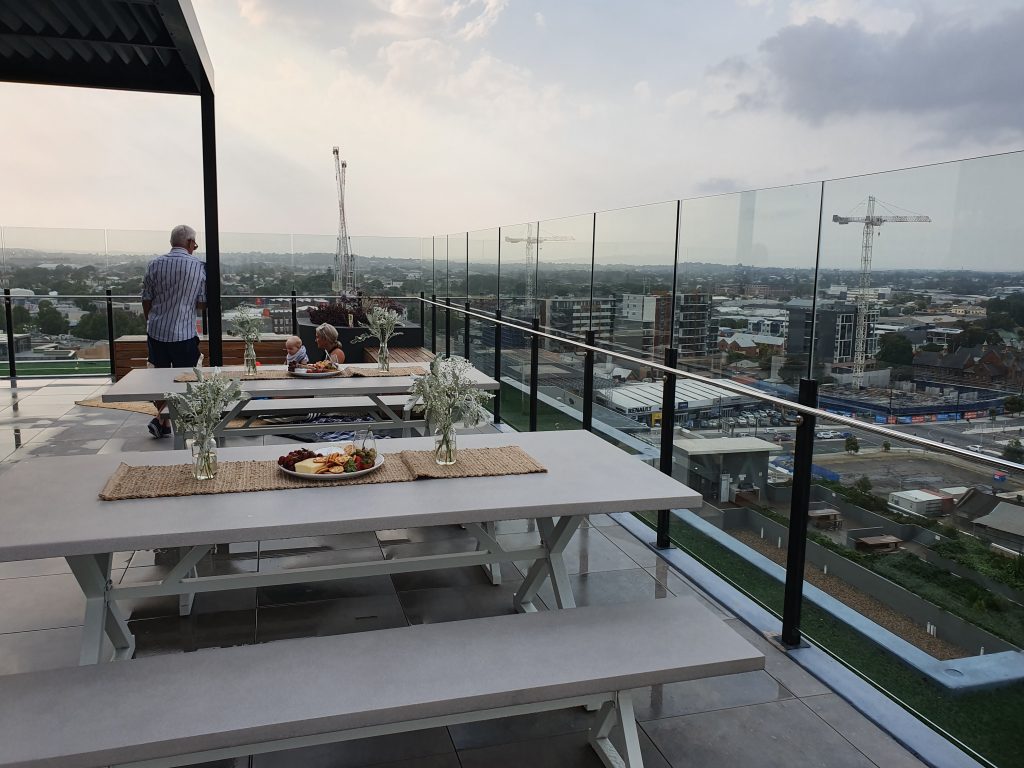
When we are involved from the early stages of a development (planning phases into registration/settlement and occupation), we have a role and responsibility in helping that community find its feet and activating the space that we manage. This is somewhat the case when we have the strata management of that community (i.e. a role largely offsite and administration based), versus when we are the building/facility manager – a role which is a daily/weekly in-person interface with the owners.
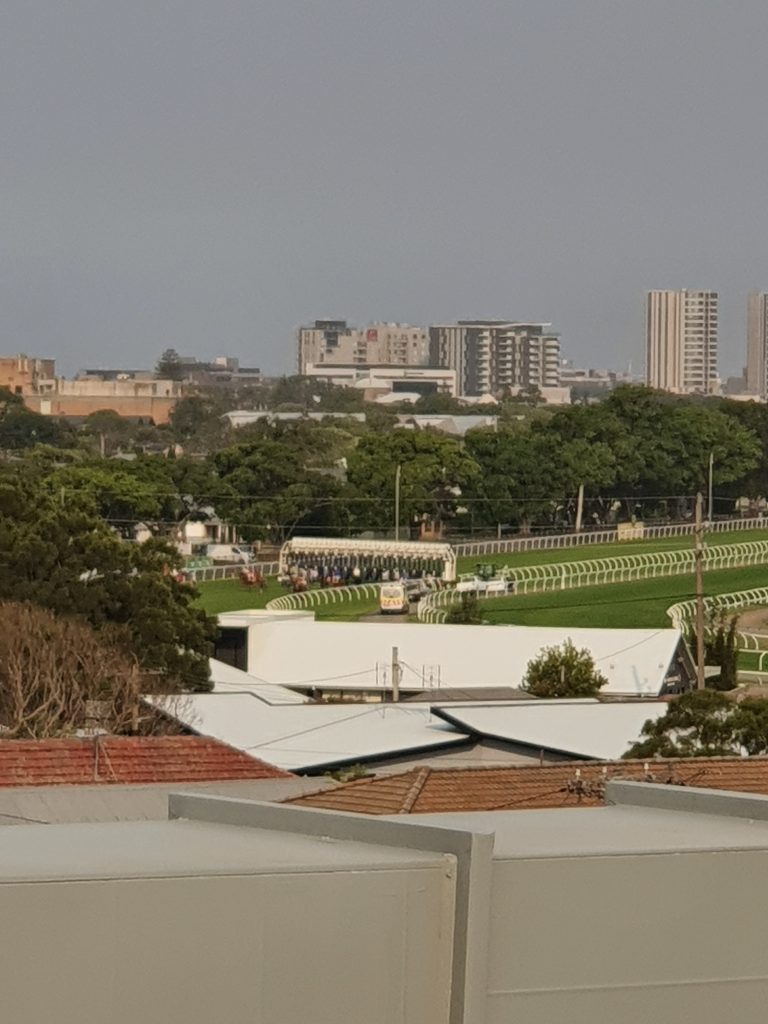
Modern design principles for apartments and community schemes (at least in Australia) give drive to the creation of a community and giving a building identity. This may include features (e.g. vertical garden, civic art), exclusive common areas (rooftop entertainment areas, gardens), naming the building or facilities (gyms, pools, treatment rooms, BBQ areas, concierge, valet, etc.) and nearby or inhouse retail offerings. Activated communities are safer, more secure and more enjoyable to reside in.
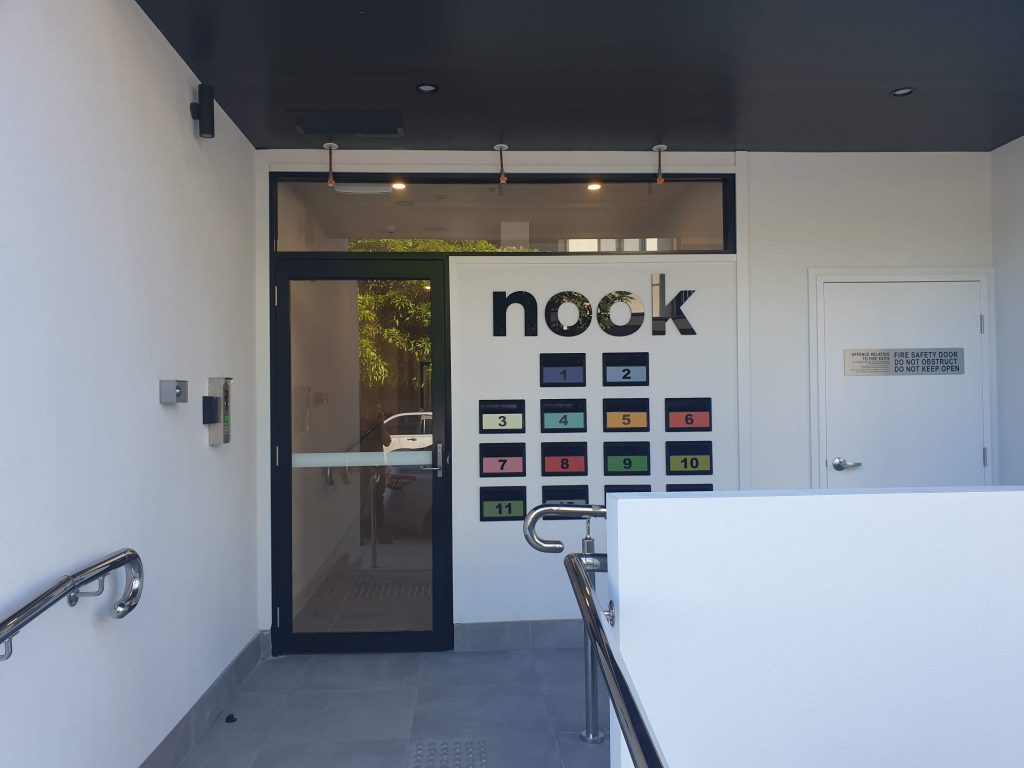
Unless all of the above is well-considered, facilities may end up poorly utilised and not add value to the community. On the flip-side, beautiful common areas can be an extension of lot living space, allowing room for entertainment, recreation and community activities. These spaces end up being the ‘jewel’ in the crown of a specific development.
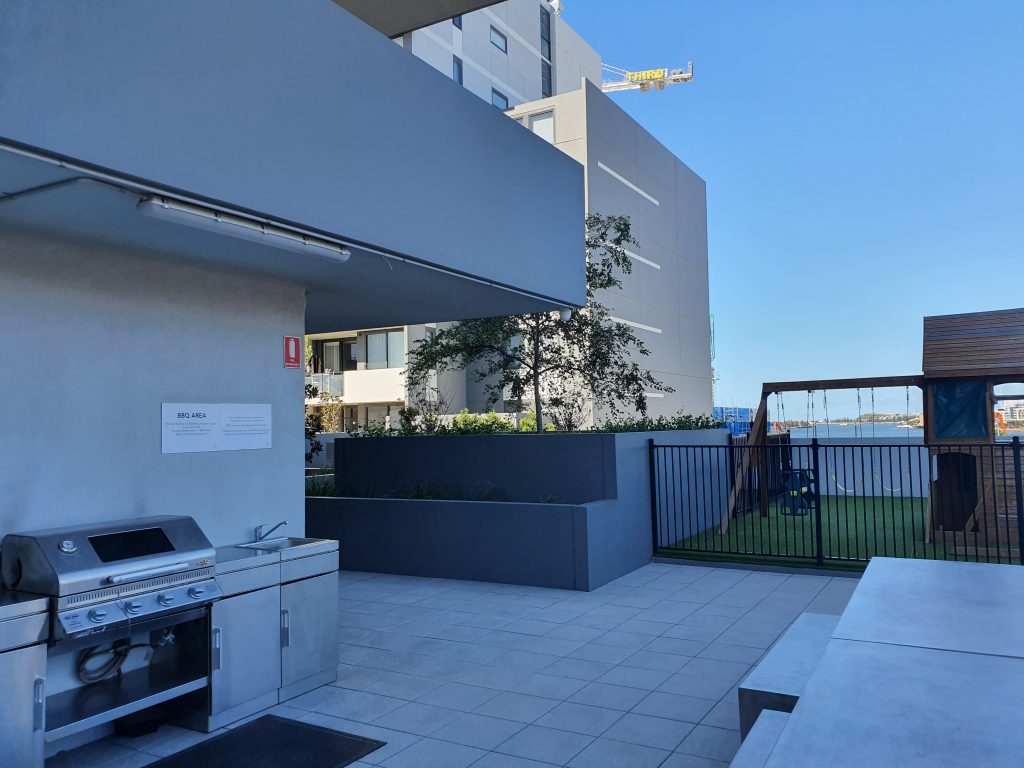
We have a wealth of examples of these ‘activated communities’ within our portfolio and in time, we will have great data as to how this drives improved sales values, rental yields and resident happiness.
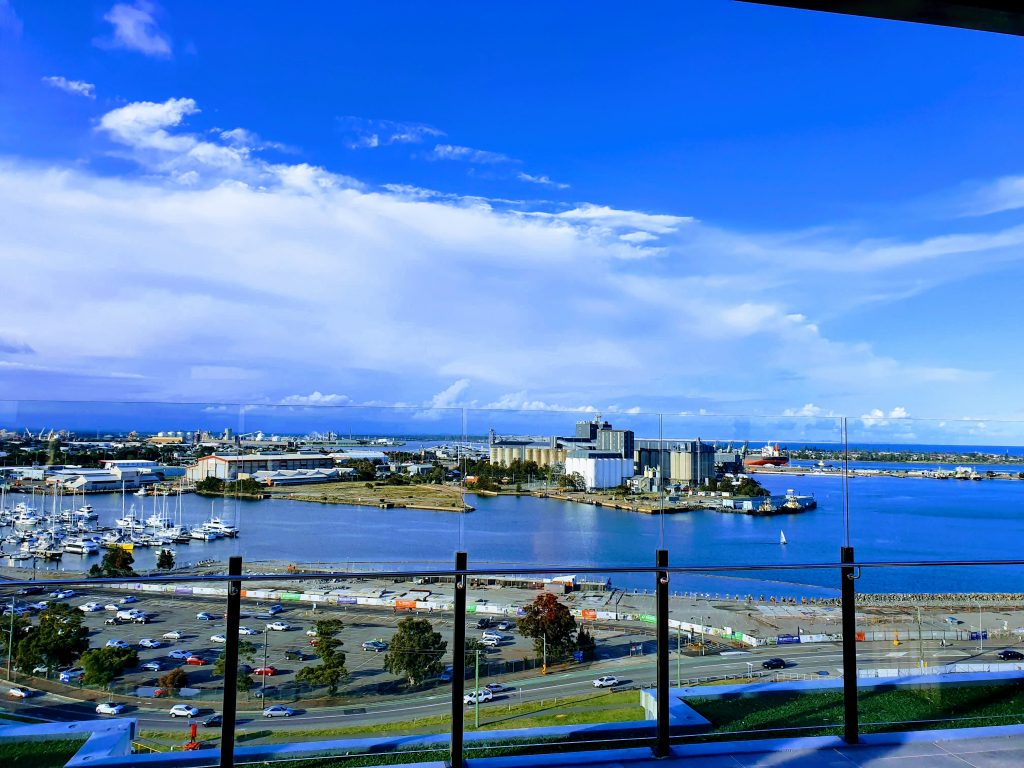
Regardless of facilities, we think that all communities have the ability to take advantage of the density and the ‘just add water’ community that this provides.
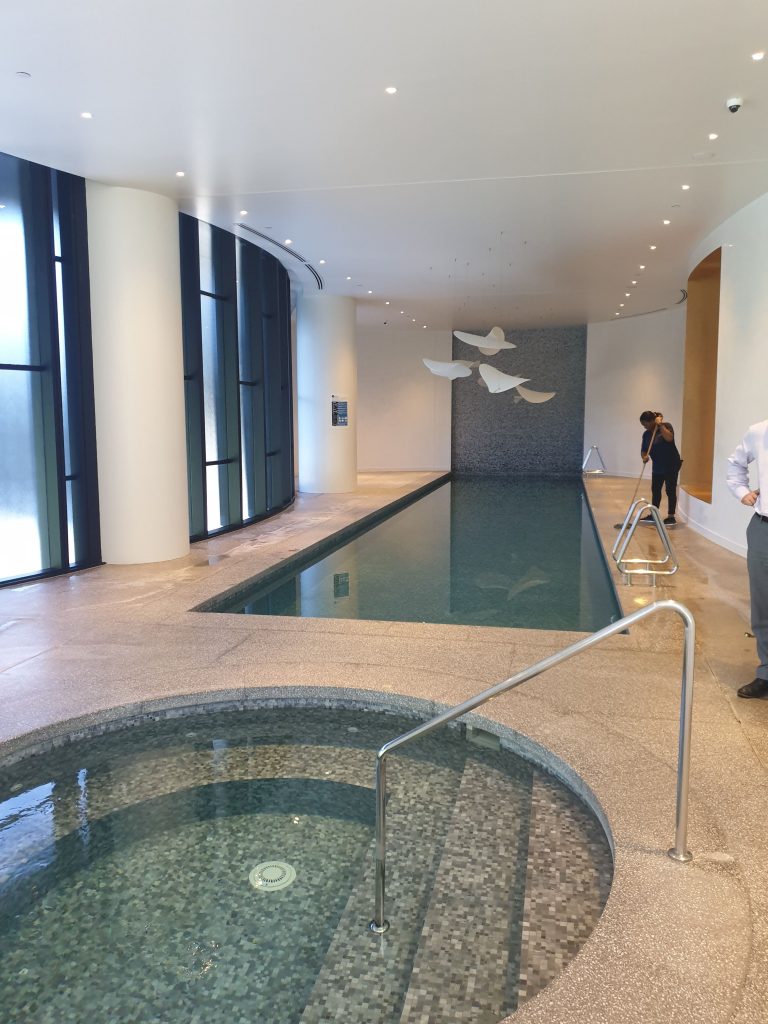
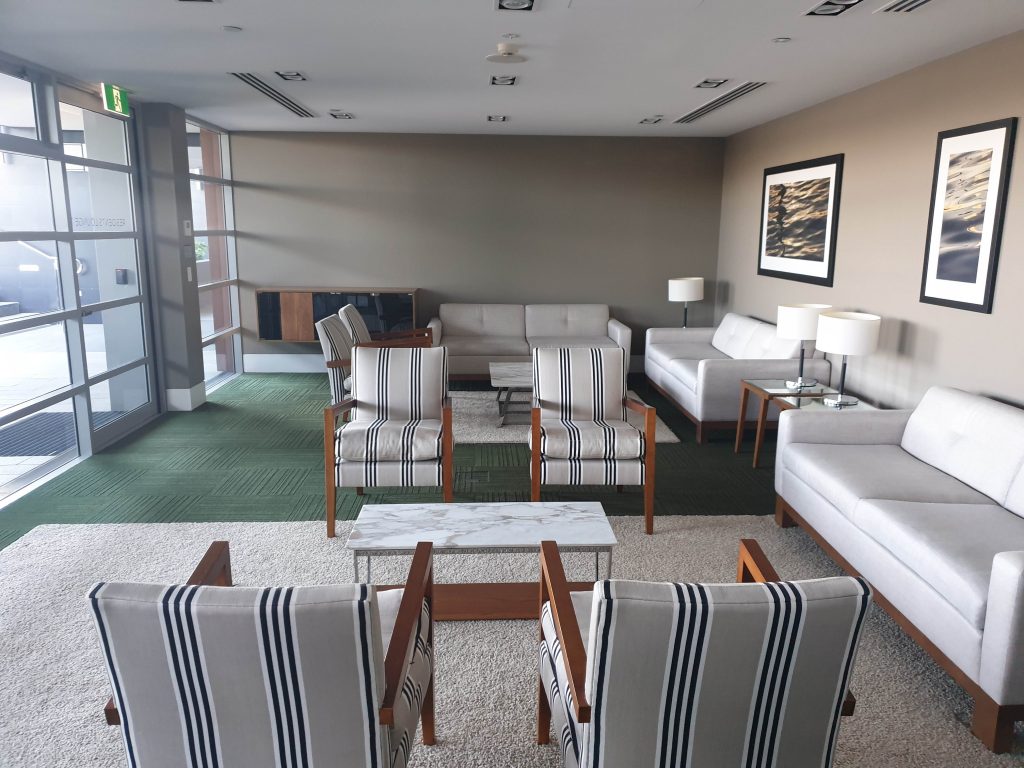
We are about to settle on some new developments in the Newcastle region and as part of this, are planning the events we will be undertaking with the residents. In addition to this, we will be suggesting a program of activities to the strata committee that they should consider throughout the year.
These are some of the things we are thinking about doing – in Newcastle we are blessed with generous shared spaces at buildings that lend themselves to these types of activity):
- Street parties with surrounding buildings – food vans, music, etc.
- BBQs (doesn’t get easier or simpler)
- Gardening/plants in smaller spaces and common areas with a horticulturalist
- Cooking demonstrations (just need to get Harris Farm to sponsor this one!)
- Fitness/yoga/pilates classes
- Smart home technology class (HVAC, lighting, etc)
- Caring for animals in smaller spaces
- Wine tasting with a local winemaker
- P0p-up cinema
- Markets
- Recycling and waste class
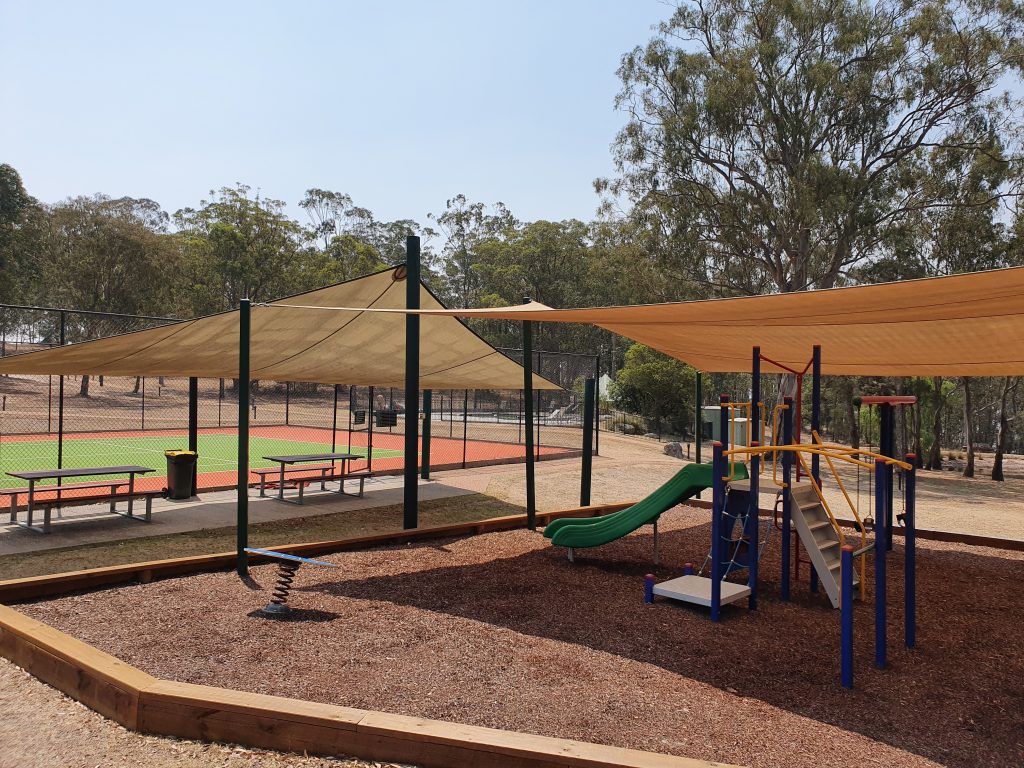
Here are some great articles I have read on the topic:

